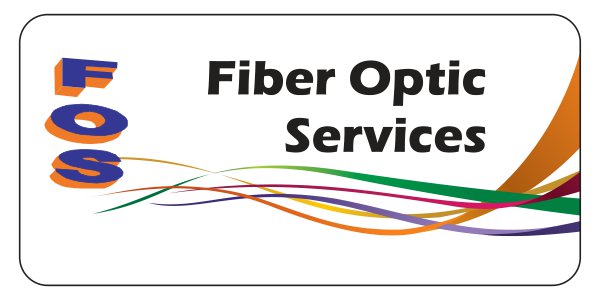Downloads
Conjugate Selection For Precision Lens Centering
ABSTRACT:
The concept of centering a precision, symmetric lens system using a high-quality rotary table and an auto-focusing test instrument are well known. Less well known are methods of finding convenient, or easily accessible, lens conjugates on which to focus while performing the centering operation. We introduce methods of finding suitable conjugates and cen- tering configurations that lend themselves to practical centering solutions.
Lens Centering Using The Point Source Microscope (PSM)
ABSTRACT:
Precision lens centering is necessary to obtain the maximum performance from a centered lens system. A technique to achieve precision centering is presented that incorporates the simultaneous viewing through the upper lens surface of the centers of curvature of each element as it is assembled in a lens barrel. This permits the alignment of the optical axis of each element on the axis of a precision rotary table which is taken as the axis of the assembly.
Practical Alignment Using An Autostigmatic Microscope
ABSTRACT:
Auto-stigmatic microscopes (ASM) are useful for bringing centers of curvatures of lenses and mirrors to the centers of balls used as part of an alignment fixture. However, setting up the fixture to get the balls used for alignment in a straight line to represent the optical axis generally requires another piece of equipment. We show that within a practical range, the autocollimation mode of a modern ASM can be used to align balls to an axis with about the same precision as they could be aligned with an alignment telescope, or laser tracker. As a lead in to this topic, we discuss our meaning of alignment, the means of positioning optically important features such as centers of curvature and foci to the coordinates specified on assembly drawings. Finally, we show a method of using an ASM along with other tooling to align a toroidal mirror using its foci.
Swing Arm Optical Coordinate-Measuring
ABSTRACT:
The swing arm optical coordinate-measuring machine (SOC), a profilometer with a distance measuring interferometric sensor for in situ measurement of the topography of aspheric surfaces, has shown a pre- cision rivaling the full aperture interferometric test. To further increase opti- cal manufacturing efficiency, we enhance the SOC with an optical laser triangulation sensor for measuring test surfaces in their ground state before polishing.
The Structure Function As An Optical Surface Specification C
ABSTRACT:
The structure function is suggested as a means of specifying surface figure and roughness in order to avoid surface errors that have regions of high slope that produce unacceptable imaging performance.
Aligning A Parabola To An Autocollimating Flat Mirror
ABSTRACT:
An autostigmatic microscope is a perfect way of aligning an autocollimating flat mirror to a parabola. The reason this alignment must be done is that a parabola only produces a perfect image of light from infinity when the light comes in parallel to the optical axis of the parabola. If the light is not parallel the image will be comatic, or have a tail that looks like a comet.
Worldwide Representatives
All Asian Countries Except China

清 原 耕 輔 Kosuke Kiyohara
清原光学 営業部 Kiyohara Optics / Sales
+81-3-5918-8501
opg-sales@koptic.co.jp
Kiyohara Optics Inc.
3-28-10 Funado Itabashi-Ku Tokyo, Japan 174-0041
China

Langxin (Suzhou) Precision Optics Co., Ltd
1st floor, Building 10, Yisu Science and Technology Innovation Park, 100 meters west of the intersection of Xinhua Road and Weimeng Road, Kunshan City, Suzhou City, Jiangsu Province, 215345
Telephone: +860512-57284008
Contact: Wang Zengkun
+8617090133615
wangzengkun@langxinoptics.com
Optical Perspectives Group, LLC
Copyright ©
Website by CS Design Studios
Headquarters: 7011 E Calle Tolosa, Tucson, AZ 85750
Laboratory: 1661 S Research Loop, Tucson, AZ 85710
